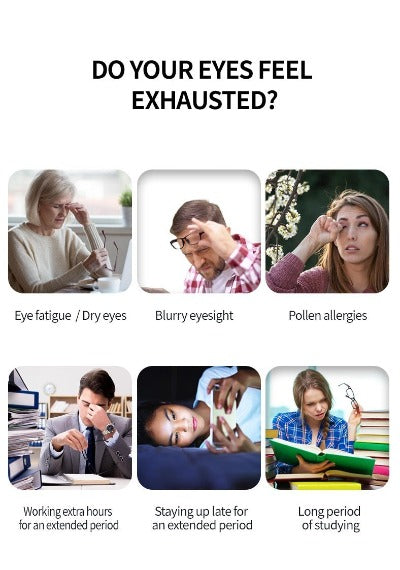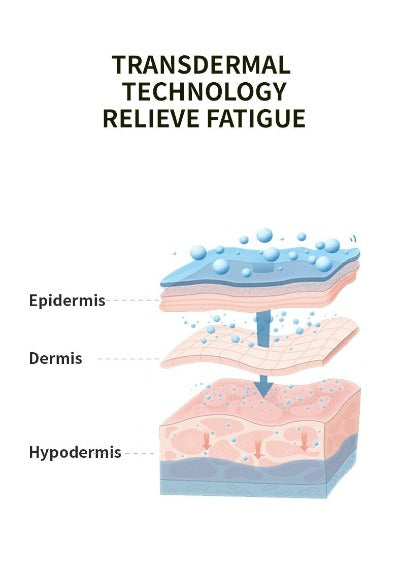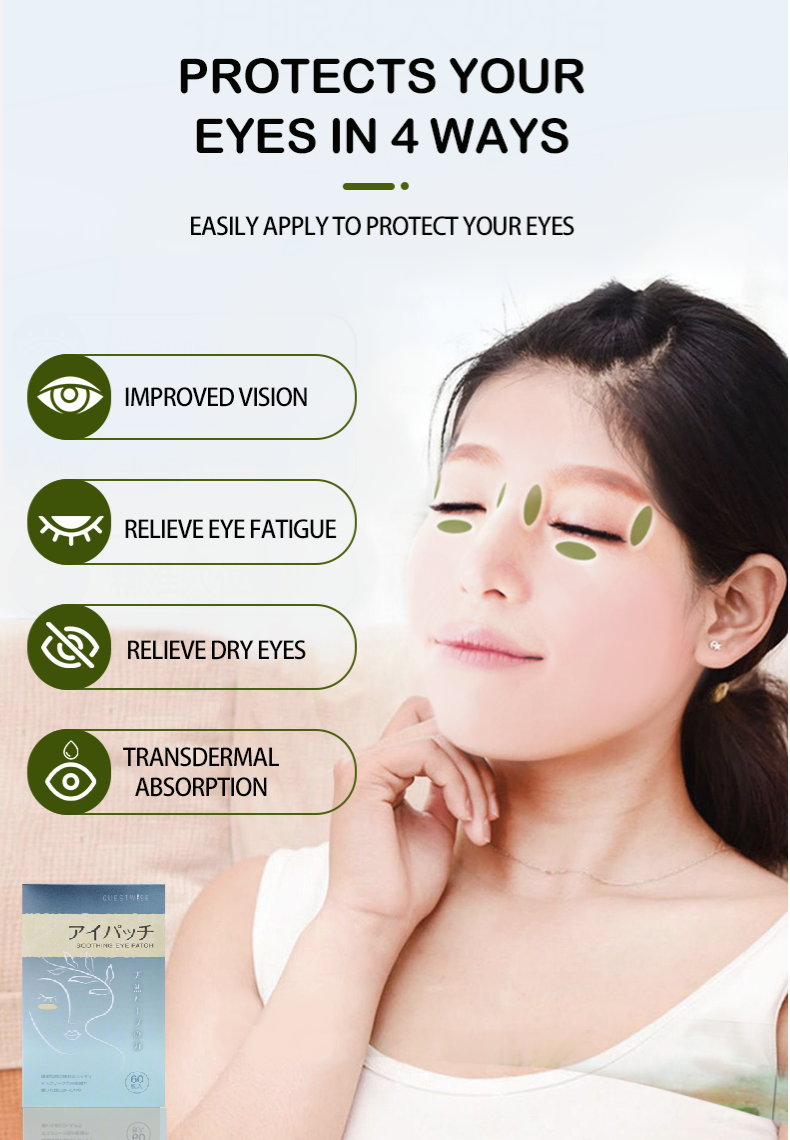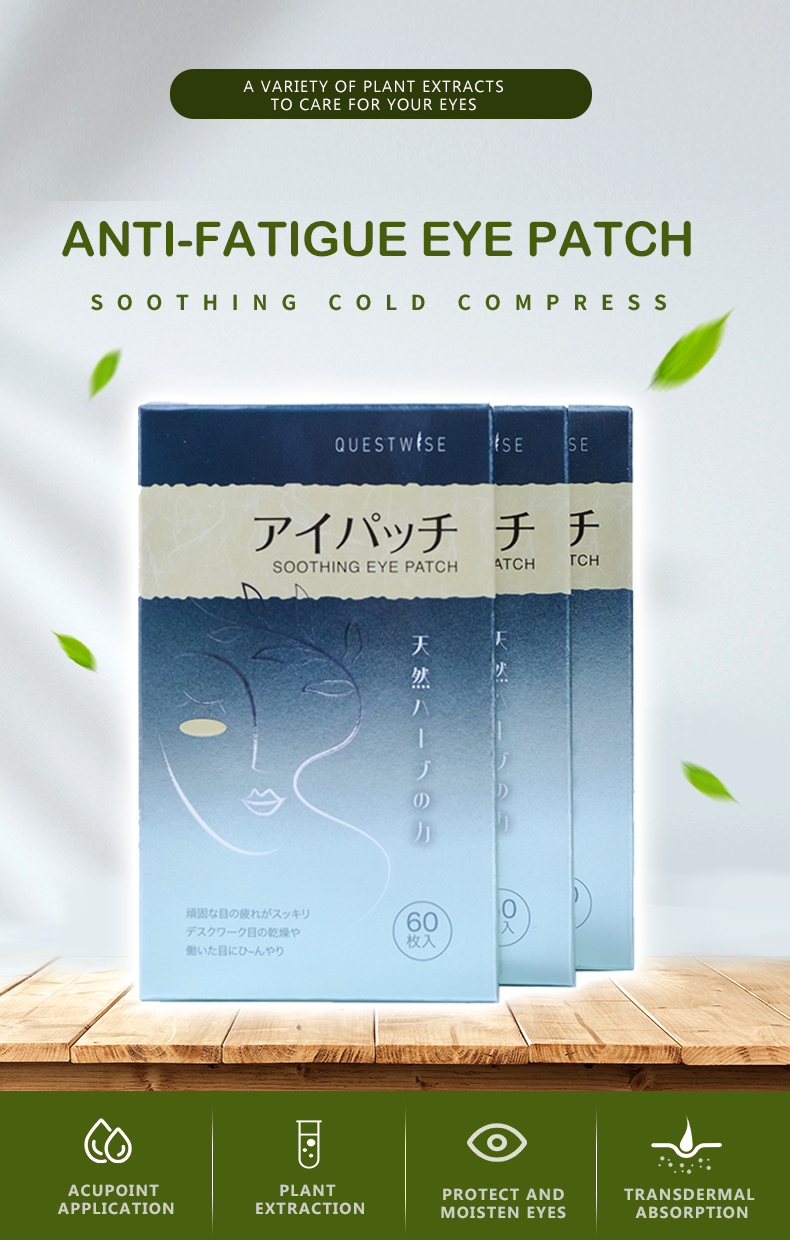The 2025 Eye Strain Epidemic: Understanding the Link Between Screen Time and Eye Redness
In 2025, our dependence on digital devices has reached unprecedented levels. From the moment we wake to the time we sleep, screens dominate our lives. This constant exposure to blue light and the strain of focusing on screens for hours on end has led to a significant rise in eye redness, dryness, and overall discomfort. This isn't just an inconvenience; it's a growing health concern impacting millions. This comprehensive guide will delve into the science behind screen-induced eye redness, explore the symptoms, and provide practical strategies to combat this pervasive problem and reclaim your eye health. We'll explore the science behind this modern ailment, examine the telltale signs, and provide you with actionable steps to protect your precious vision. Get ready to conquer digital eye strain and rediscover the comfort of healthy, vibrant eyes.
The Science Behind the Strain: How Screens Damage Your Eyes
The primary culprit behind screen-related eye problems is blue light. Emitted from digital devices, this high-energy visible light penetrates deep into the eye, potentially damaging the retina over time. This damage can manifest as eye redness, irritation, and even more severe issues. The intensity of blue light emitted from different screens varies, but prolonged exposure from any source can contribute to cumulative damage. Beyond the damaging effects of blue light, prolonged screen use also leads to reduced blinking frequency. Blinking is crucial for lubricating the eyes; reduced blinking dries them out, leading to inflammation and redness. This dryness creates friction as the eyelids move across the surface of the eye, further contributing to irritation and redness. The constant focus needed while working on screens also strains the eye muscles, contributing to fatigue and redness. This constant strain can lead to headaches, blurry vision, and overall eye discomfort. Moreover, the posture often associated with screen use, such as hunching over a keyboard or phone, can also exacerbate eye strain by restricting blood flow to the eyes.
Recognizing the Red Flags: Common Symptoms of Screen-Related Eye Problems
The symptoms of screen-related eye strain vary in severity but are often easily recognizable. Pay close attention to these common red flags:
- Persistent Eye Redness: This is the most prevalent symptom, often appearing as bloodshot or inflamed eyes. The redness can range from mild pinkness to intense bloodshot appearance, depending on the severity of the strain.
- Dry, Itchy Eyes: A lack of lubrication leads to discomfort and irritation. The eyes may feel gritty or sandy, and you may experience an irresistible urge to rub them. However, rubbing your eyes can further irritate and damage them, so it's best to avoid this.
- Burning Sensation: A common complaint, indicative of eye dryness and inflammation. The burning sensation can be mild or intense, and it may be accompanied by a feeling of pressure or tightness in the eyes.
- Blurred Vision: Eye strain can temporarily affect your vision clarity. You may find that your vision fluctuates, becoming blurry or unclear, particularly after prolonged periods of screen use.
- Headaches and Eye Fatigue: These symptoms are often linked to prolonged screen use and eye muscle strain. Headaches can range from mild to severe, and eye fatigue can manifest as a feeling of heaviness or tiredness in the eyes.
- Difficulty Focusing: Prolonged screen time can make it harder to focus on near and far objects. You may experience difficulty shifting your gaze between different distances, or you may find it challenging to maintain focus on a single object for an extended period.
- Sensitivity to Light: Some individuals experience increased sensitivity to light, making it uncomfortable to be in brightly lit environments.
If you experience several of these symptoms regularly, it's time to address the underlying cause and prioritize your eye health. Don't ignore these warning signs – early intervention is key to preventing more serious eye problems.
Combating Digital Eye Strain: Practical Strategies and Solutions
While eliminating screen time completely is unrealistic in our technologically advanced world, you can significantly reduce its negative effects. Here are practical steps you can take:
1. The 20-20-20 Rule:
Follow the simple but effective 20-20-20 rule: Every 20 minutes, look away from your screen at an object 20 feet away for 20 seconds. This allows your eyes to refocus and reduces strain. This simple technique provides your eye muscles with a much-needed break from the constant focusing required for near-distance work.
2. Regular Breaks:
Schedule regular breaks throughout your workday. Get up, walk around, and allow your eyes to rest. Even short breaks can make a significant difference. Try incorporating short stretches or eye exercises into your break routine to further alleviate strain.
3. Adjust Screen Brightness and Positioning:
Reduce screen brightness, especially in low-light conditions. Ensure the screen is positioned at eye level to minimize strain. An improperly positioned screen can force your eyes to work harder, contributing to fatigue and redness.
4. Optimize Your Environment:
Ensure your workspace is well-lit and avoid glare. Consider using an anti-glare screen protector. Glare from overhead lights or windows can significantly exacerbate eye strain and discomfort.
5. Stay Hydrated:
Dehydration can exacerbate eye dryness. Drink plenty of water throughout the day to keep your eyes properly lubricated. Adequate hydration is essential for maintaining the health of your eyes and preventing dryness.
6. Consider Eye Patches:
For targeted relief, explore options like Wise Quest Soothing Eye Patches. These patches, infused with traditional Chinese herbal medicine, offer soothing relief from eye fatigue, dryness, and redness. They are designed to alleviate discomfort and promote healthy blood circulation, reducing inflammation and redness. They help to alleviate eye fatigue, eye dryness, eye astringency, eye redness, and swelling caused by long hours in front of screens. These patches provide a convenient and effective way to soothe irritated eyes and reduce redness.

Product Spotlight: Experience the Soothing Power of Wise Quest Soothing Eye Patches
The Wise Quest Soothing Eye Patches represent a natural and effective way to combat eye redness and discomfort. Their unique formulation harnesses the power of traditional Chinese herbal medicine, providing targeted relief from the symptoms of digital eye strain. These patches are carefully formulated with a blend of natural ingredients known for their soothing and anti-inflammatory properties. They work to reduce redness, soothe irritation, and promote overall eye health. They are particularly beneficial for individuals who experience frequent eye redness, dryness, or itching due to prolonged screen time. The convenient, single-use format makes them perfect for incorporating into your daily routine.
Beyond the Patches: A Holistic Approach to Eye Health
While Wise Quest Soothing Eye Patches offer immediate relief, maintaining long-term eye health requires a holistic approach. This includes regular eye exams, a balanced diet rich in antioxidants, and protecting your eyes from the sun's harmful UV rays. Consider incorporating eye exercises into your daily routine to strengthen your eye muscles and improve focus. A healthy lifestyle contributes significantly to overall eye health and helps to reduce the risk of developing eye problems.
Prioritizing Eye Health in the Digital Age: A Call to Action
In 2025, protecting our eyesight is more crucial than ever. While we can't escape the digital world, we can take proactive steps to mitigate the negative impact of screen time on our eyes. By combining lifestyle changes with the soothing power of Wise Quest Soothing Eye Patches, you can take control of your eye health and enjoy clearer, more comfortable vision for years to come. Don't let digital eye strain steal your comfort and clarity. Take action today to protect your precious vision.
















